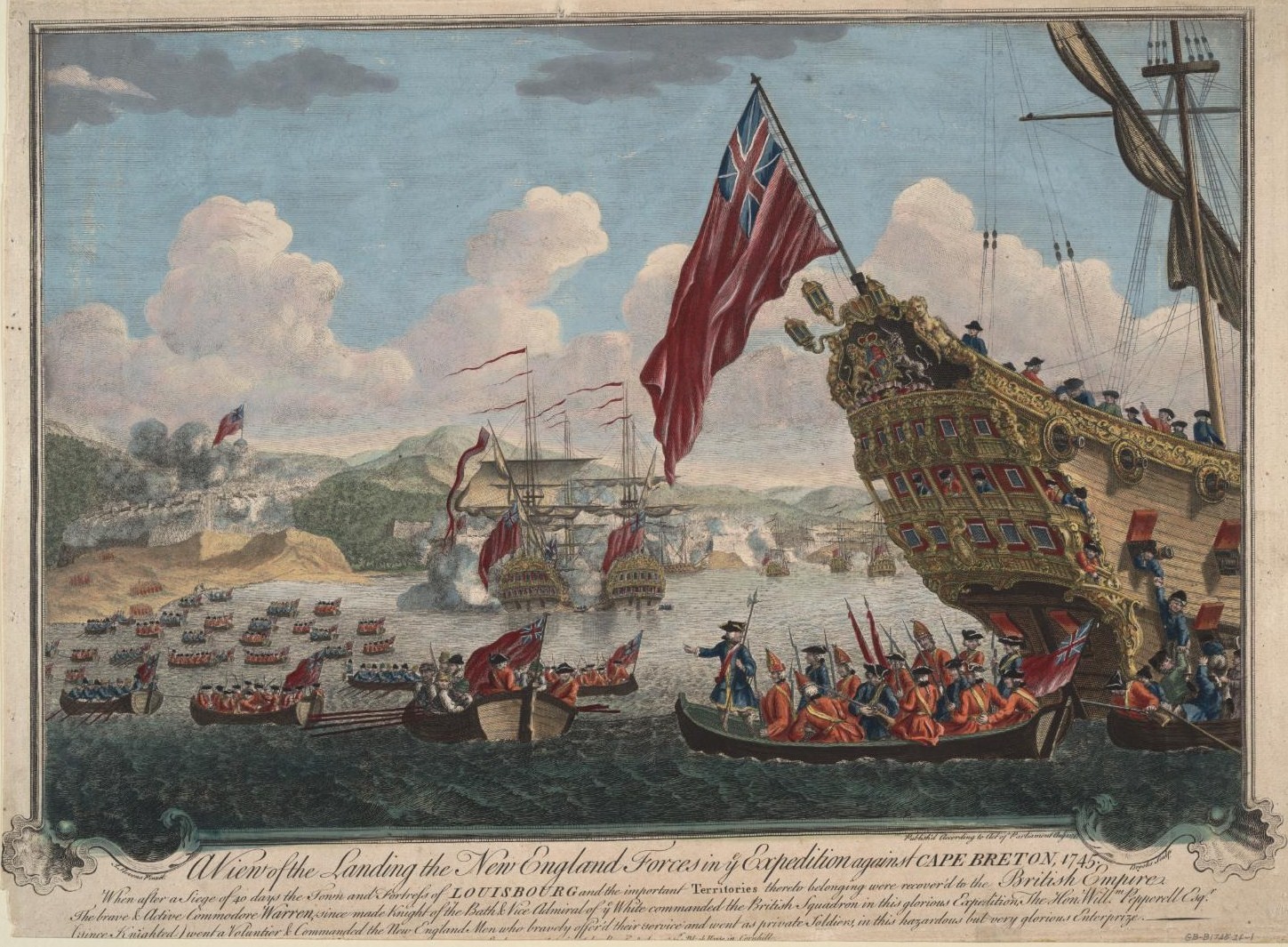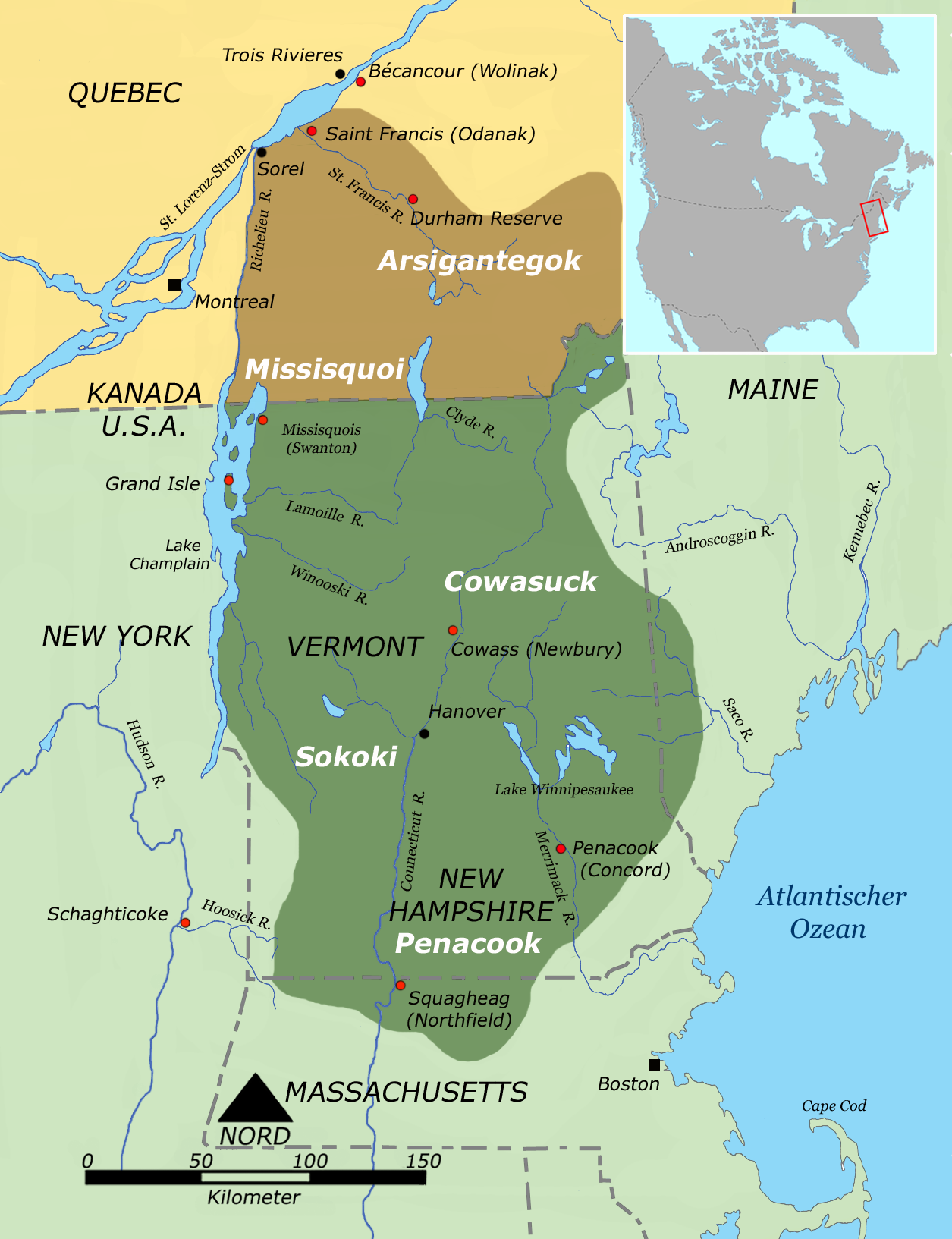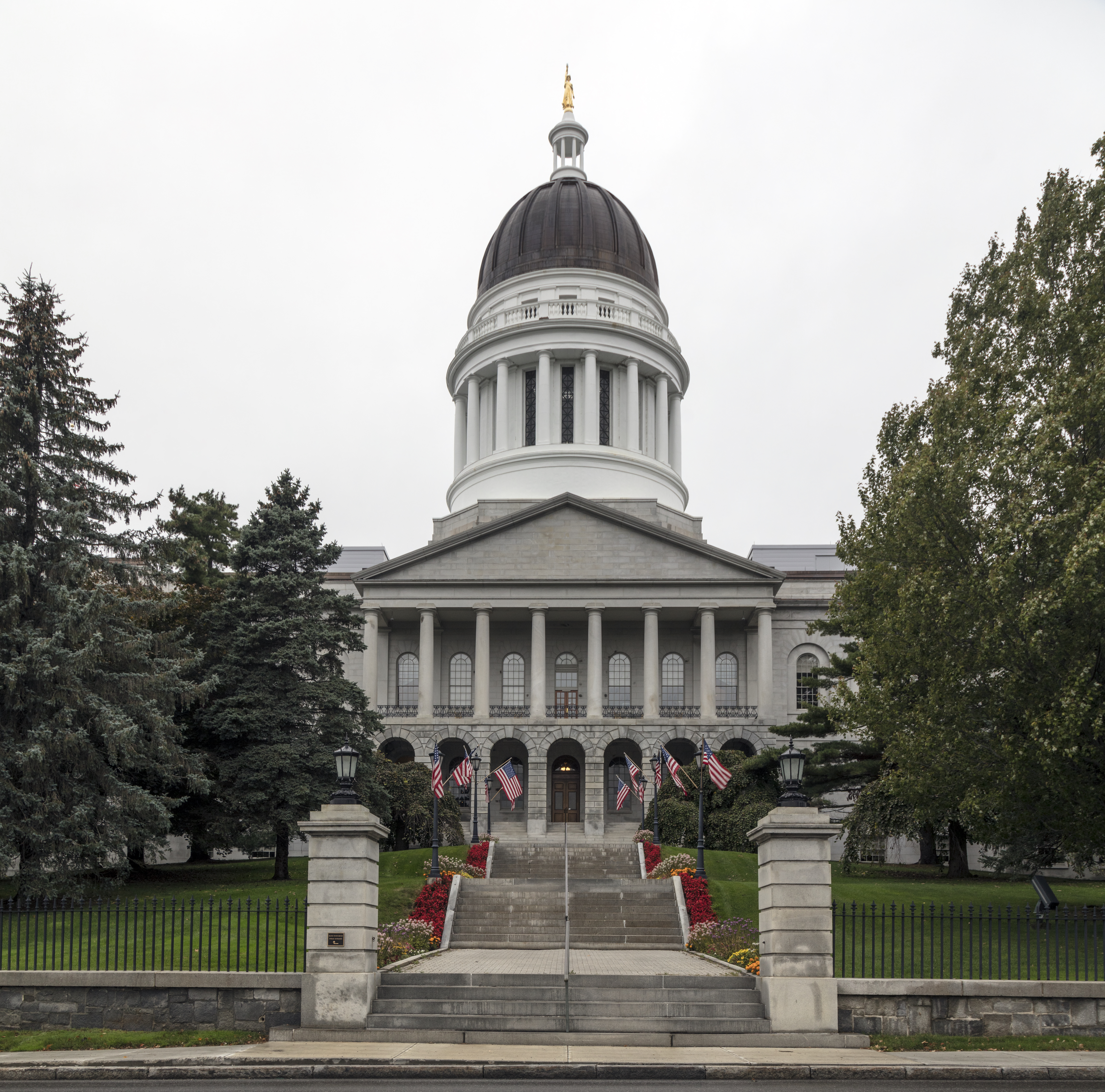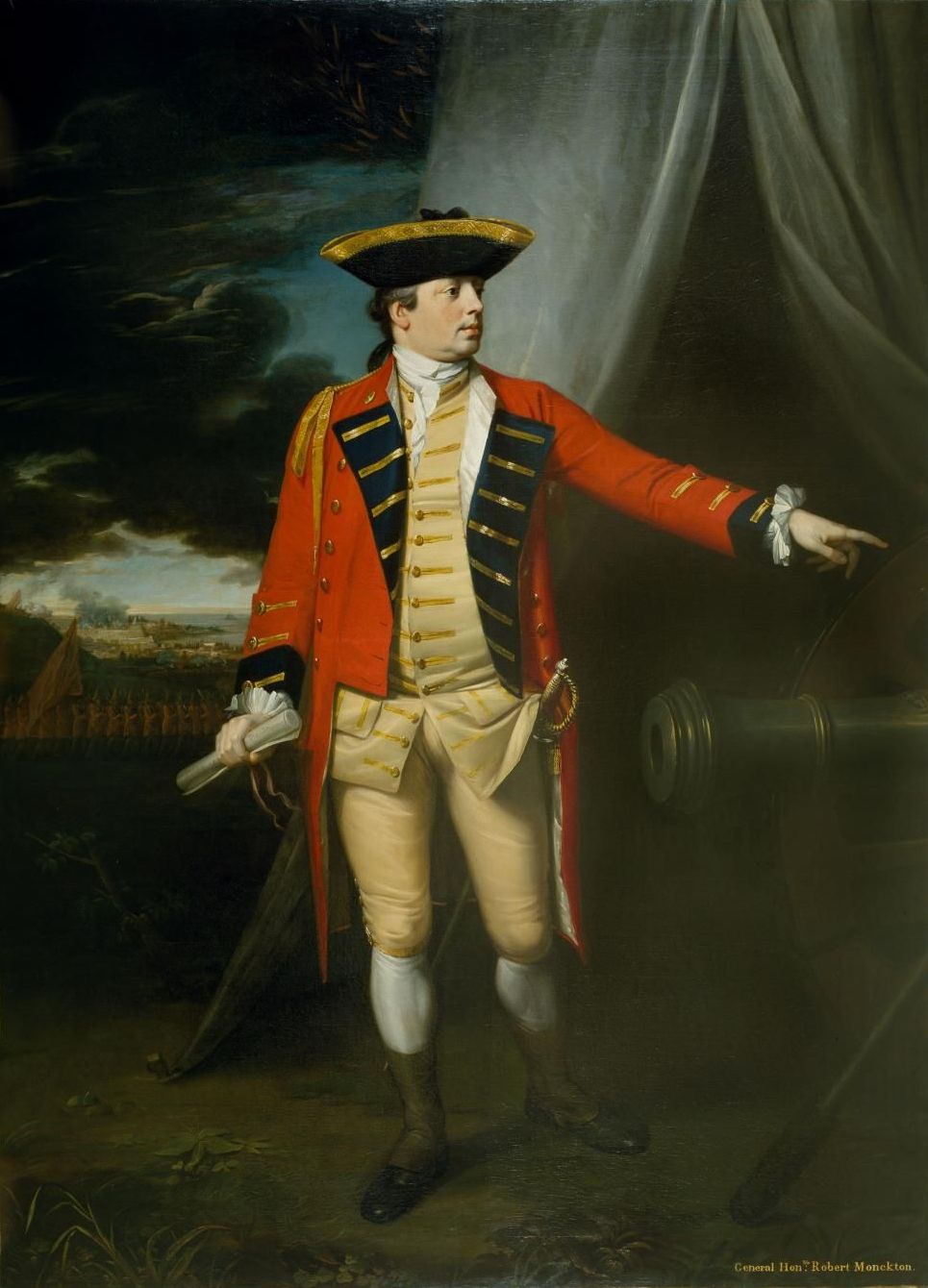|
Spencer Phips
Spencer Phips (June 6, 1685 – April 4, 1757) was a government official in the Province of Massachusetts Bay. Born Spencer Bennett, he was adopted by Massachusetts Governor Sir William Phips, his uncle by marriage, whose name he legally took. Phips served for many years in the provincial assembly, and on the governor's council, before receiving an appointment as lieutenant governor in 1732, a post he held until his death. He was twice formally acting governor. Life Spencer Bennett was born on June 6, 1685 in Rowley, Massachusetts Bay Colony. His father, David Bennett, was a local physician, and his mother Rebecca's sister Mary was married to Sir William Phips,Lounsberry, p. 284 who became the first governor of the Province of Massachusetts Bay in 1692.''An Historic Guide to Cambridge'', p. 82 Bennett was adopted by the childless Phips, and formally took his name in 1716. He graduated from Harvard College in 1703 (listed at the top of the class because of the prominence ... [...More Info...] [...Related Items...] OR: [Wikipedia] [Google] [Baidu] |
List Of Colonial Governors Of Massachusetts
The territory of the Commonwealth of Massachusetts, one of the fifty United States, was settled in the 17th century by several different English colonies. The territories claimed or administered by these colonies encompassed a much larger area than that of the modern state, and at times included areas that are now within the jurisdiction of other New England states or of the Canadian provinces of New Brunswick and Nova Scotia. Some colonial land claims extended all the way to the Pacific Ocean. The first permanent settlement was the Plymouth Colony (1620), and the second major settlement was the Massachusetts Bay Colony at Salem in 1629. Settlements that failed or were merged into other colonies included the failed Popham Colony (1607) on the coast of Maine, and the Wessagusset Colony (1622–23) in Weymouth, Massachusetts, whose remnants were folded into the Plymouth Colony. The Plymouth and Massachusetts Bay colonies coexisted until 1686, each electing its own governor annually. ... [...More Info...] [...Related Items...] OR: [Wikipedia] [Google] [Baidu] |
French And Indian War
The French and Indian War (1754–1763) was a theater of the Seven Years' War, which pitted the North American colonies of the British Empire against those of the French, each side being supported by various Native American tribes. At the start of the war, the French colonies had a population of roughly 60,000 settlers, compared with 2 million in the British colonies. The outnumbered French particularly depended on their native allies. Two years into the French and Indian War, in 1756, Great Britain declared war on France, beginning the worldwide Seven Years' War. Many view the French and Indian War as being merely the American theater of this conflict; however, in the United States the French and Indian War is viewed as a singular conflict which was not associated with any European war. French Canadians call it the ('War of the Conquest').: 1756–1763 The British colonists were supported at various times by the Iroquois, Catawba, and Cherokee tribes, and the French ... [...More Info...] [...Related Items...] OR: [Wikipedia] [Google] [Baidu] |
King George's War
King George's War (1744–1748) is the name given to the military operations in North America that formed part of the War of the Austrian Succession (1740–1748). It was the third of the four French and Indian Wars. It took place primarily in the British provinces of Province of New York, New York, Province of Massachusetts Bay, Massachusetts Bay (which included Maine as well as Massachusetts at the time), Province of New Hampshire, New Hampshire (which included Vermont at the time), and Nova Scotia. Its most significant action was an expedition organized by Massachusetts Governor William Shirley that Siege of Louisbourg (1745), besieged and ultimately captured the French fortress of Louisbourg, on Cape Breton Island in Nova Scotia, in 1745. In French language, French, it is known as the ''Troisième Guerre Intercoloniale'' or Third Intercolonial War. The Treaty of Aix-la-Chapelle (1748), Treaty of Aix-la-Chapelle ended the war in 1748 and restored Louisbourg to France, but fail ... [...More Info...] [...Related Items...] OR: [Wikipedia] [Google] [Baidu] |
New France
New France (french: Nouvelle-France) was the area colonized by Kingdom of France, France in North America, beginning with the exploration of the Gulf of Saint Lawrence by Jacques Cartier in 1534 and ending with the cession of New France to Kingdom of Great Britain, Great Britain and Bourbon Spain, Spain in 1763 under the Treaty of Paris (1763), Treaty of Paris. The vast territory of ''New France'' consisted of five colonies at its peak in 1712, each with its own administration: Canada (New France), Canada, the most developed colony, was divided into the districts of Quebec City, Québec, Trois-Rivières, and Montreal, Montréal; Hudson Bay; Acadia, Acadie in the northeast; Placentia, Newfoundland and Labrador, Plaisance on the island of Newfoundland (island), Newfoundland; and Louisiana (New France), Louisiane. It extended from Newfoundland to the Canadian Prairies and from Hudson Bay to the Gulf of Mexico, including all the Great Lakes of North America. In the 16th century, th ... [...More Info...] [...Related Items...] OR: [Wikipedia] [Google] [Baidu] |
Dummer's War
Dummer's War (1722–1725) is also known as Father Rale's War, Lovewell's War, Greylock's War, the Three Years War, the Wabanaki-New England War, or the Fourth Anglo-Abenaki War. It was a series of battles between the New England Colonies and the Wabanaki Confederacy (specifically the Miꞌkmaq, Maliseet, Penobscot, and Abenaki), who were allied with New France. The eastern theater of the war was located primarily along the border between New England and Acadia in Maine, as well as in Nova Scotia; the western theater was located in northern Massachusetts and Vermont at the border between Canada (New France) and New England. During this time, Maine and Vermont were part of Massachusetts.The Nova Scotia theater of the Dummer War is named the "Mi'kmaq-Maliseet War". John Grenier. ''The Far Reaches of Empire: War in Nova Scotia 1710-1760''. University of Oklahoma Press. 2008. The root cause of the conflict on the Maine frontier concerned the border between Acadia and New England, whic ... [...More Info...] [...Related Items...] OR: [Wikipedia] [Google] [Baidu] |
Abenaki People
The Abenaki ( Abenaki: ''Wαpánahki'') are an Indigenous peoples of the Northeastern Woodlands of Canada and the United States. They are an Algonquian-speaking people and part of the Wabanaki Confederacy. The Eastern Abenaki language was predominantly spoken in Maine, while the Western Abenaki language was spoken in Quebec, Vermont, and New Hampshire. While Abenaki peoples have shared cultural traits, they did not historically have a centralized government. They came together as a post-contact community after their original tribes were decimated by colonization, disease, and warfare. Names The word ''Abenaki'' and its syncope, ''Abnaki,'' are both derived from ''Wabanaki'', or ''Wôbanakiak,'' meaning "People of the Dawn Land" in the Abenaki language. While the two terms are often confused, the Abenaki are one of several tribes in the Wabanaki Confederacy. The name is spelled several ways including Abnaki, Abinaki, and Alnôbak. ''Wôbanakiak'' is derived from ''wôban ... [...More Info...] [...Related Items...] OR: [Wikipedia] [Google] [Baidu] |
Warren, Maine
Warren is a town in Knox County, Maine, United States. The population was 4,865 at the 2020 census. It includes the villages of East Warren, Warren and South Warren, the latter home to the Maine State Prison and minimum security Bolduc Correctional Facility. History Part of the Waldo Patent, it was called the Upper Town of St. Georges Plantation. It was first settled by Scots-Irish settlers from Londonderry in 1736 under the auspices of Brigadier-General Samuel Waldo, its proprietor. Development was hindered, however, by the ongoing French and Indian Wars. In 1753, a blockhouse was built and placed under the command of Captain Thomas Kilpatrick, known by terrified Indians as "Tom-kill-the-devil." War raged across Maine between 1754–1758, and local settlers took refuge in the blockhouse or at another in Cushing. Hostilities ended in 1759 with the Fall of Quebec. On November 7, 1776, Upper Town of St. Georges Plantation was incorporated as a town, named after Joseph War ... [...More Info...] [...Related Items...] OR: [Wikipedia] [Google] [Baidu] |
Thomaston, Maine
Thomaston (formerly known as Fort St. Georges, Fort Wharf, Lincoln) is a town in Knox County, Maine, United States. The population was 2,739 at the 2020 census. Noted for its antique architecture, Thomaston is an old port popular with tourists. The town was named after Major General John Thomas. History As early as 1630, a trading post was established on the eastern bank of the St. George River, then considered the boundary between New England and New France. In 1704, Thomas LeFebvre from Quebec bought a large tract of land along the Weskeag River on which he built a gristmill, with a house on the shoreline at what is now South Thomaston. The area became known as Thomas' Town. In 1719–1720, the old trading post was remodeled into Fort St. George, a stockaded fort protected by two blockhouses. But Abenaki Indian tribes protested the encroachment of an English fort on their territory. Instigated by the French, they attacked the garrison twice during Dummer's War in 1722 ... [...More Info...] [...Related Items...] OR: [Wikipedia] [Google] [Baidu] |
Maine
Maine () is a U.S. state, state in the New England and Northeastern United States, Northeastern regions of the United States. It borders New Hampshire to the west, the Gulf of Maine to the southeast, and the Provinces and territories of Canada, Canadian provinces of New Brunswick and Quebec to the northeast and northwest, respectively. The largest state by total area in New England, Maine is the List of U.S. states and territories by area, 12th-smallest by area, the List of U.S. states and territories by population, 9th-least populous, the List of U.S. states by population density, 13th-least densely populated, and the most rural of the List of states and territories of the United States, 50 U.S. states. It is also the northeastern United States, northeasternmost among the contiguous United States, the northernmost state east of the Great Lakes, the only state whose name consists of a single syllable, and the only state to border exactly one other U.S. state. Approximately half ... [...More Info...] [...Related Items...] OR: [Wikipedia] [Google] [Baidu] |
Province Of Georgia
A province is almost always an administrative division within a country or state. The term derives from the ancient Roman '' provincia'', which was the major territorial and administrative unit of the Roman Empire's territorial possessions outside Italy. The term ''province'' has since been adopted by many countries. In some countries with no actual provinces, "the provinces" is a metaphorical term meaning "outside the capital city". While some provinces were produced artificially by colonial powers, others were formed around local groups with their own ethnic identities. Many have their own powers independent of central or federal authority, especially in Canada and Pakistan. In other countries, like China or France, provinces are the creation of central government, with very little autonomy. Etymology The English word ''province'' is attested since about 1330 and derives from the 13th-century Old French , which itself comes from the Latin word , which referred to the s ... [...More Info...] [...Related Items...] OR: [Wikipedia] [Google] [Baidu] |
Charles Lawrence (British Army Officer)
Brigadier-General Charles Lawrence (14 December 1709 – 19 October 1760) was a British military officer who, as lieutenant governor and subsequently governor of Nova Scotia, is perhaps best known for overseeing the Expulsion of the Acadians and settling the New England Planters in Nova Scotia. He was born in Plymouth, England, and died in Halifax, Nova Scotia. According to historian Elizabeth Griffiths, Lawrence was seen as a "competent", "efficient" officer with a "service record that had earned him fairly rapid promotion, a person of considerable administrative talent who was trusted by both Cornwallis and Hopson." He is buried in the crypt of St. Paul's Church (Halifax). Early career Lawrence was born in Plymouth (Devon) on 14 December 1709. He followed his father, General Charles John Lawrence, who is said to have served in Flanders under John Churchill, 1st Duke of Marlborough, into a military career. Charles Lawrence's earlier life is obscure. He was commissioned ... [...More Info...] [...Related Items...] OR: [Wikipedia] [Google] [Baidu] |
Battle Of Fort Beauséjour
The Battle of Fort Beauséjour was fought on the Isthmus of Chignecto and marked the end of Father Le Loutre's War and the opening of a British offensive in the Acadia/Nova Scotia theatre of the Seven Years' War, which would eventually lead to the end of the French colonial empire in North America. The battle also reshaped the settlement patterns of the Atlantic region, and laid the groundwork for the modern province of New Brunswick. Beginning June 3, 1755, a British army under Lieutenant-Colonel Robert Monckton staged out of nearby Fort Lawrence, besieged the small French garrison at Fort Beauséjour with the goal of opening the Isthmus of Chignecto to British control. Control of the isthmus was crucial to the French because it was the only gateway between Quebec and Louisbourg during the winter months. After two weeks of siege, Louis Du Pont Duchambon de Vergor, the fort's commander, capitulated on June 16. Historical context Tensions between the English and the French ... [...More Info...] [...Related Items...] OR: [Wikipedia] [Google] [Baidu] |







_by_Dominic_Serres%2C_c._1765.jpg)
